The Lost City of Pompeiii
A deafening boom roars through Pompeii’s crowded marketplace. The ground shakes violently, throwing midday shoppers off balance and toppling stands of fish and meat. People scream and point toward Mount Vesuvius, a massive volcano that rises above them.
Nearly 2,000 years ago, Pompeii was a bustling city located in what is now southern Italy. But in the summer of A.D. 79, the nearby Mount Vesuvius volcano erupted. It spewed smoke and toxic gas 20 miles into the air, which soon spread to the town. Almost overnight, Pompeii—and many of its 10,000 residents—vanished under a blanket of ash.
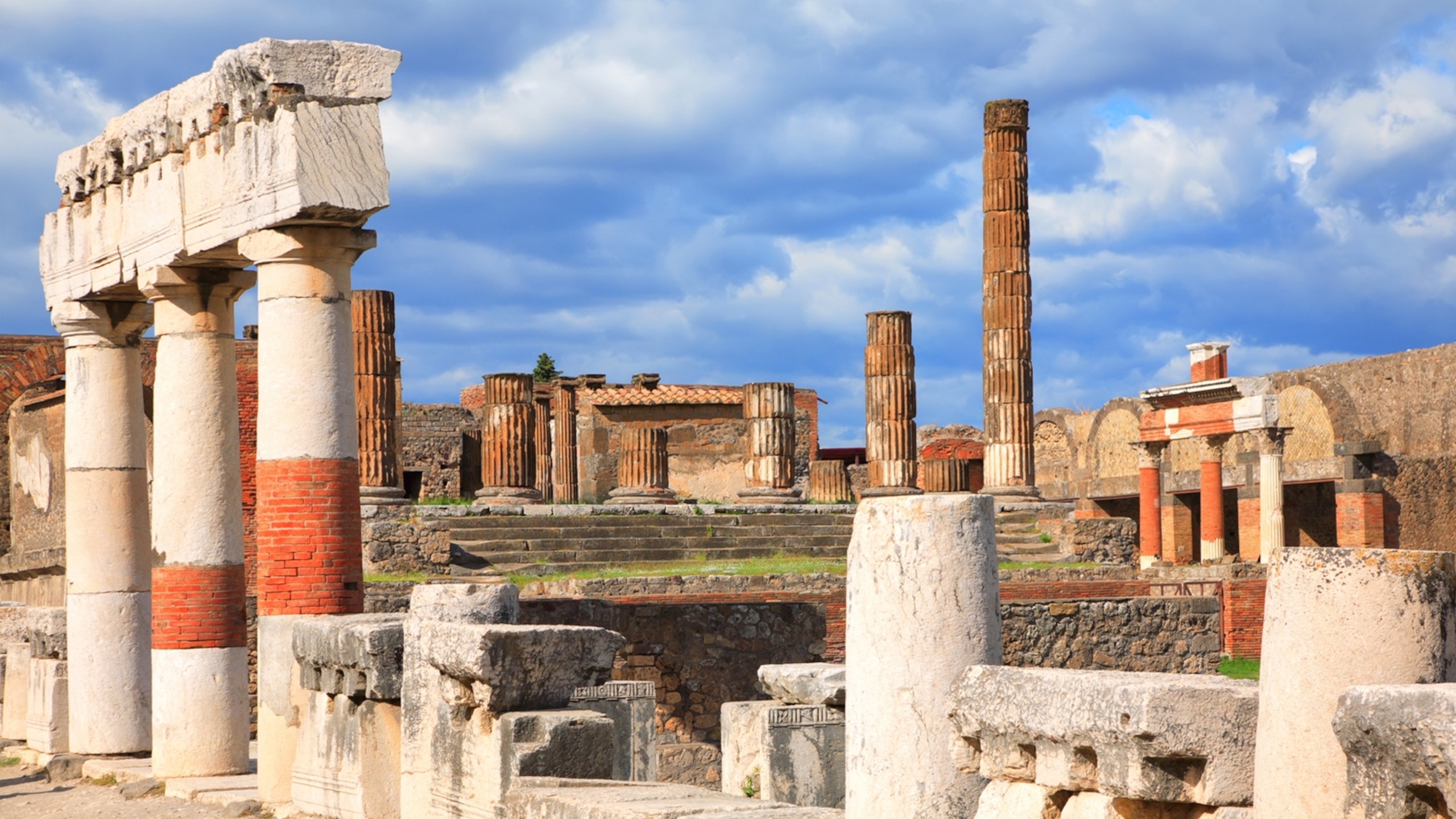
The well-preserved ruins of Pompeii give visitors a look into the lives of ancient Romans.
IRYNA SHPULAK, GETTY IMAGES
Pompeii was basically lost and forgotten until it was rediscovered in 1748. Thanks to excavations, which are still going on today, scientists have been able to figure out almost exactly what happened on that terrible day.
THE SKY IS FALLING
After the volcano first erupted shortly after noon, the thick ash turned everything black—people couldn’t even see the sun. Some residents escaped the city, while others took shelter in their homes. But the ash kept falling. Piles grew as deep as nine feet in some places, blocking doorways and caving in roofs.
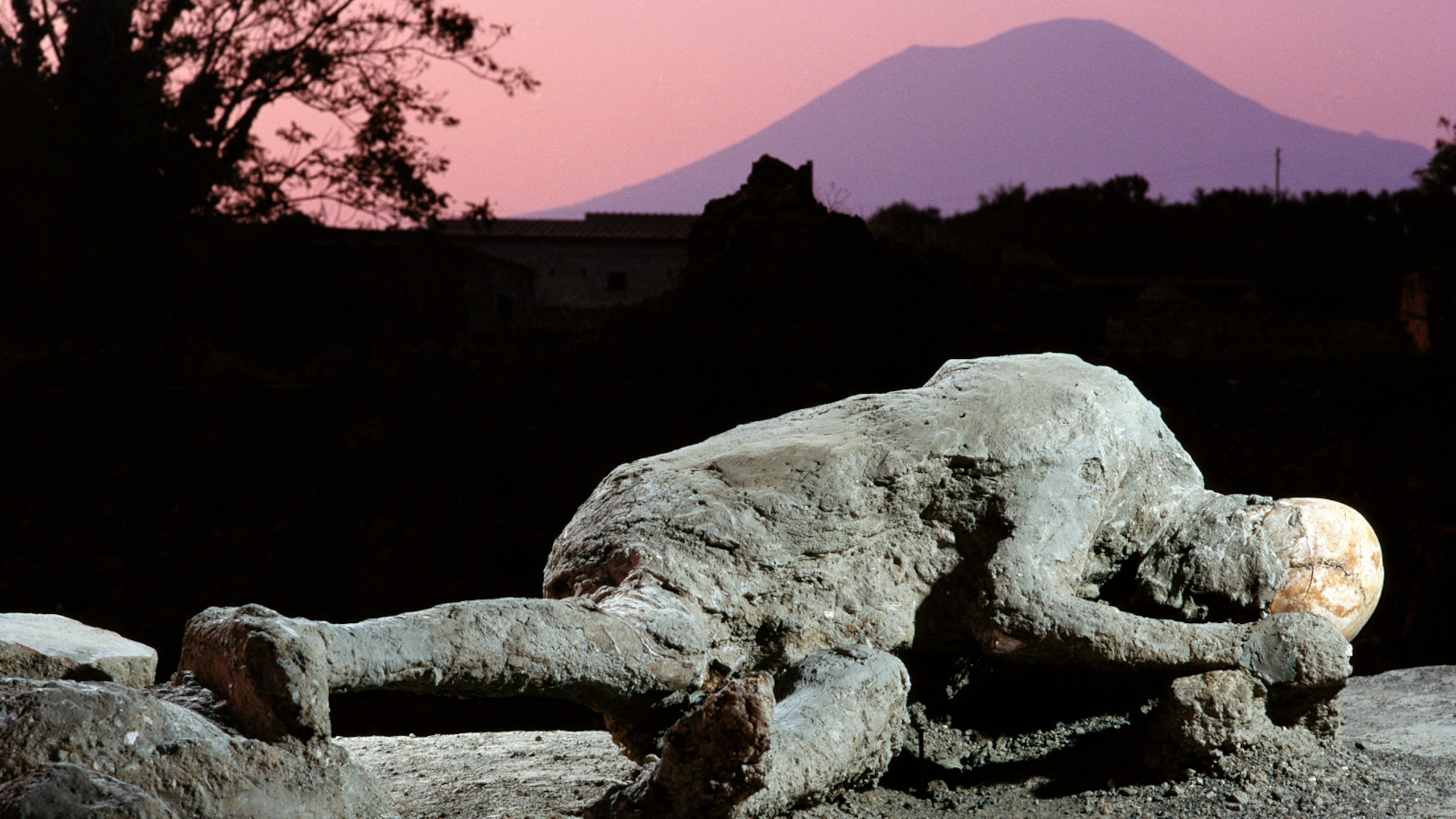
This Pompeii resident was unable to escape in time as hot ash rained down on the city.
ROGER RESSMEYER, CORBIS, VCG, GETTY IMAGES
Around midnight, the first of four searing-hot clouds of ash, rock, and toxic gas (also called surges) rushed down the volcano. Traveling toward Pompeii at about 180 miles an hour, the surge scorched everything in its path. Around 7 a.m., nearly 19 hours after the initial eruption, the city was completely covered in a deadly mix of ash and rock.
LOST AND FOUND
Visiting the ruins of Pompeii is like going back in time. The layers of ash actually helped preserve buildings, artwork, and even the forms of bodies as they decomposed and left holes in the ash. All that allowed experts to fill in the details that might not have survived at many other Roman sites.
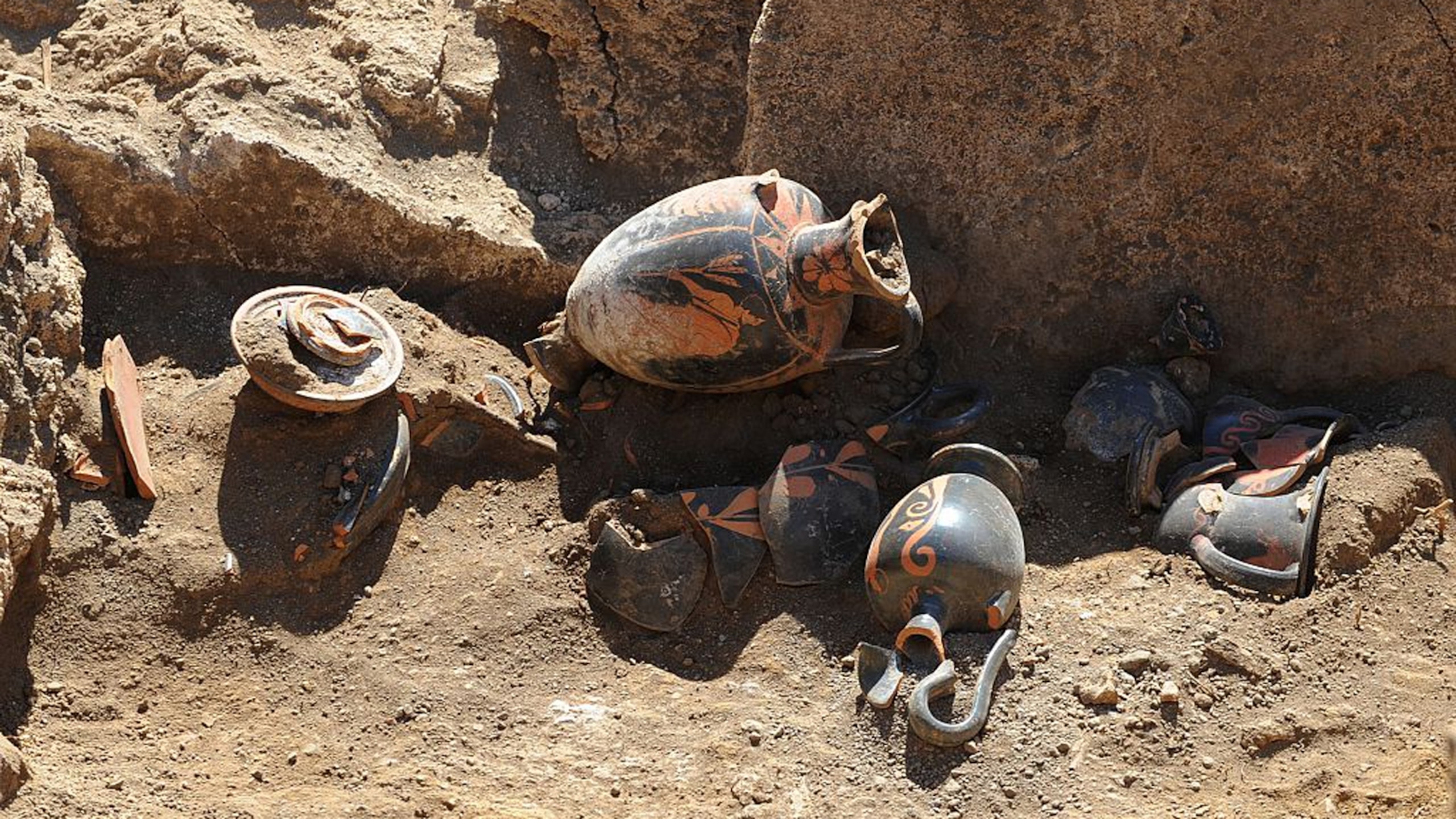 Archaeologists are still uncovering artifacts at Pompeii, such as these jars discovered in 2015.
Archaeologists are still uncovering artifacts at Pompeii, such as these jars discovered in 2015.
Based on what they uncovered, scientists believe that Pompeii was a prosperous town popular with wealthy vacationing Romans. Well-paved streets had high sidewalks and stepping-stones to keep pedestrians out of the mud. To relax, people soaked in public baths, watched gladiators or chariot races at an amphitheater, and enjoyed plays in two theaters.
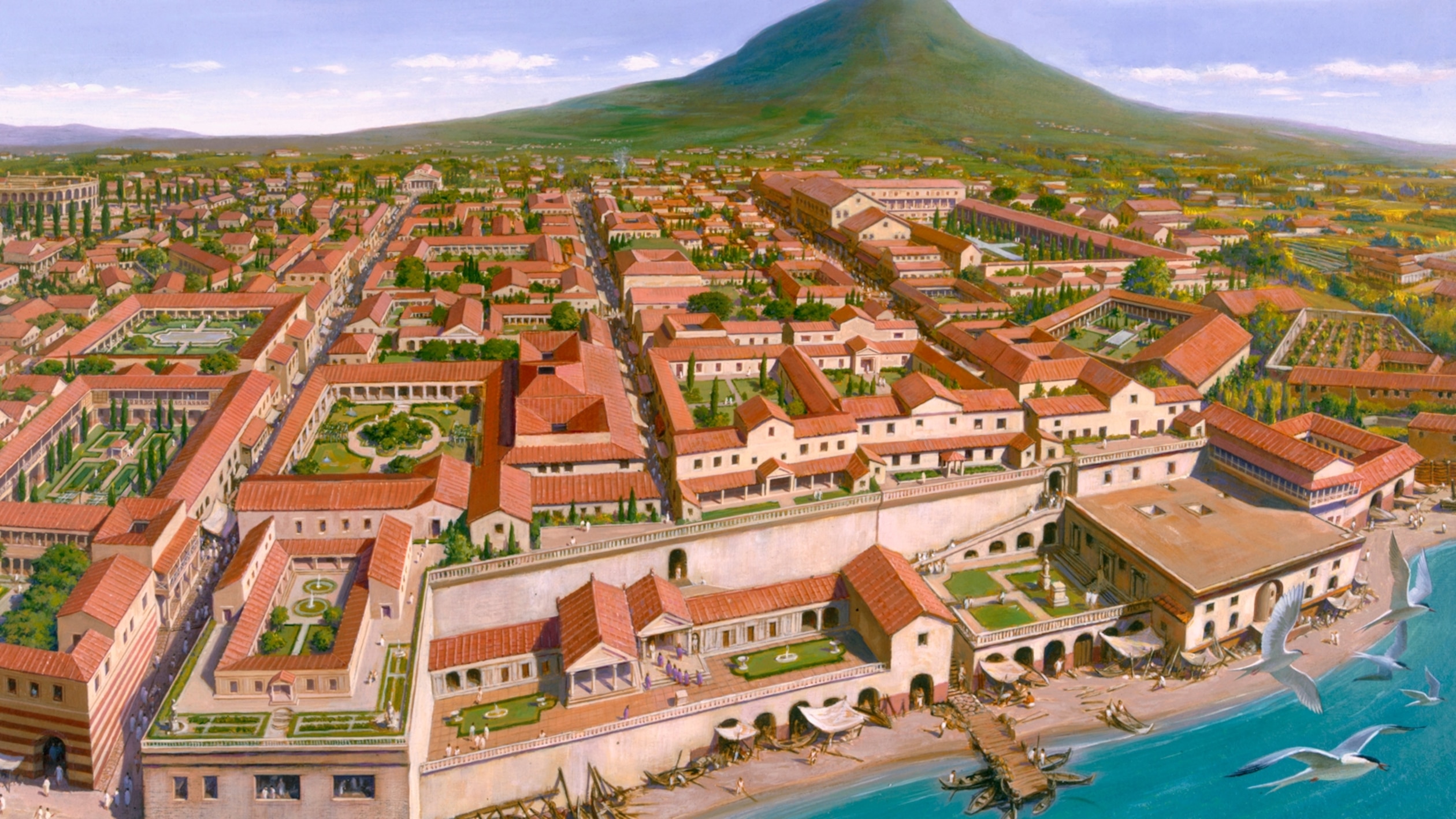
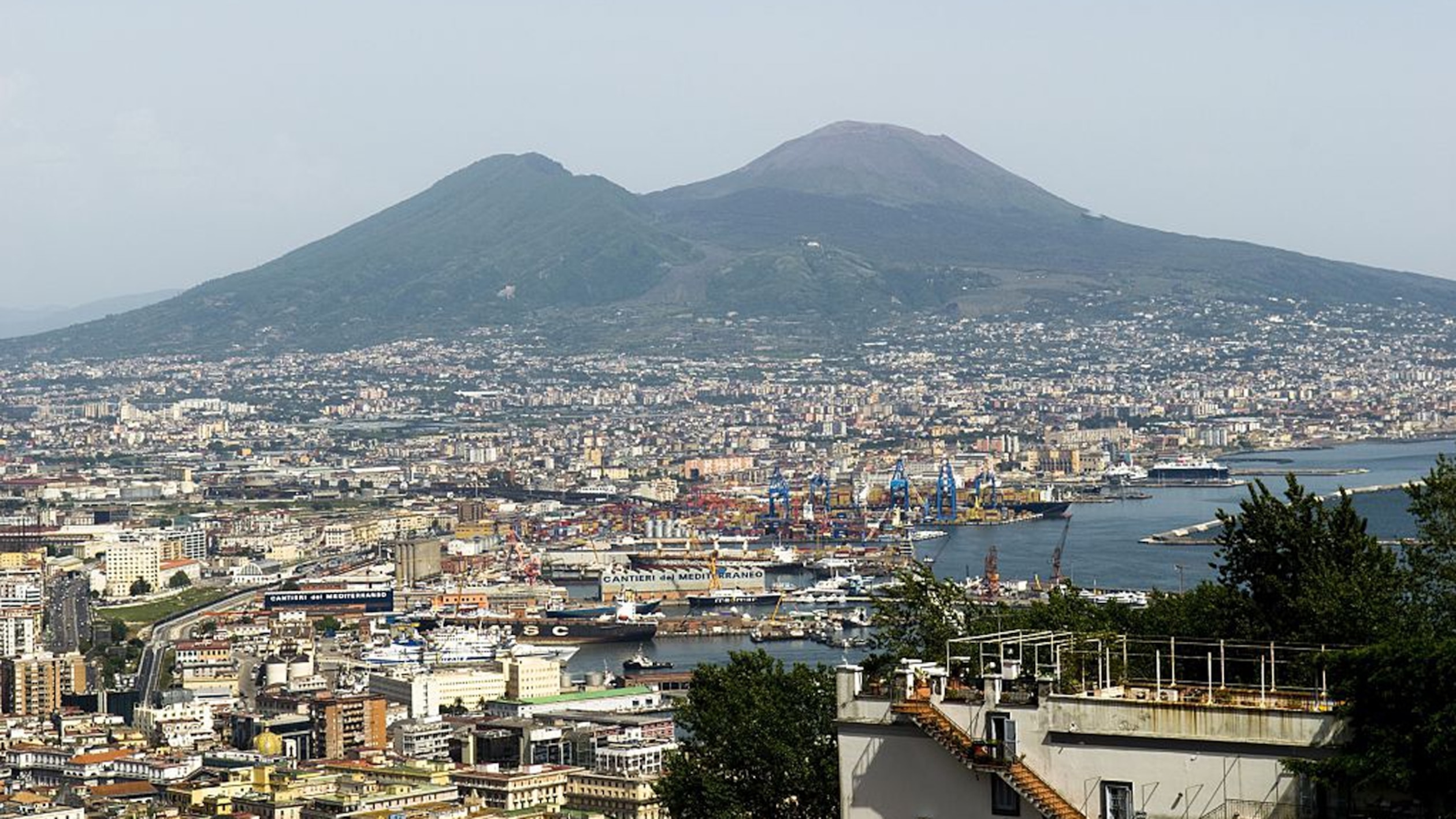 Left: An illustration shows what the cities surrounding Mount Vesuvius might have looked like thousands of years ago.
Left: An illustration shows what the cities surrounding Mount Vesuvius might have looked like thousands of years ago.
Right: Today more than a million people live in the cities surrounding Mount Vesuvius.Pompeii may be ancient history, but scientists are pretty sure Mount Vesuvius is overdue for another major explosion. Luckily the people living near the volcano today will likely receive evacuation warnings before it blows.
Related Post
A shocking documentary proves that mermaids do exist
SHOCKING Revelation: Thuya, Mother of Queen Tiye, Was the Grandmother of Akhenaten and Tutankhamun—What Ancient Egyptian Secrets Did She Leave Behind?
Breaking News: Astonishing Discoveries at Karahan Tepe Confirm an Extraterrestrial Civilization is Hiding on Earth, and NO ONE Knows!
Breaking News: Researchers FINALLY Discover U.S. Navy Flight 19 After 75 Years Lost in the Bermuda Triangle!
NASA’s Secret Investigation: Uncovering the Astonishing Mystery of the UFO Crash on the Mountain!
Explosive UFO Docs LEAKED: Startling Proof That Aliens Ruled Ancient Egypt!